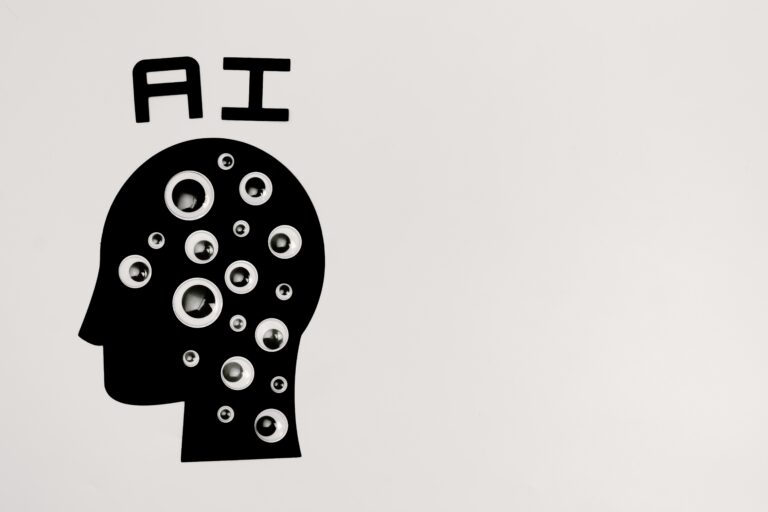
If you have not tried Chat GPT then you must check it out – it is absolutely mind blowing!
It is one of the most amazing things I have ever seen.
I tried “respond to this email:” and pasted in an email I had received… the result was excellent – almost ready to send. Then I tried “write a poem about Josie and Bryce getting married” and it did! I tried several more and it did a great job every time. Not perfect, but very impressive technology.
So, we had a chat in the Gurus office about how we could use Chat GPT in our databases.
And this is what we have come up with:
(To give you some context you may, or may not know, that we have created a cloud database platform over the past 10 years that allows us to create online databases rapidly – we can create the tables, fields, views, imports, exports, notifications, reports etc. in a few hours. Just through configuration. Then extend it (if necessary) to do almost anything. You get the idea.)
To incorporate Chat GPT we will add a new field type called “AI Response”. We then configure the new field to tell the database which data we are going to pass in and (optionally) some text to prefix it to guide the AI. When the record is saved we pass the text from the chosen field to Chat GPT and the resulting text into the response field.
Here is an example how it could be used:
Another example is for a client that gets asked a lot of technical questions:
In both examples Chat GPT will probably not get it 100% right in all scenarios but even if it needs editing first it is a significant time saving. Having it in the database helps in a several ways:
If that sounds interesting and you would like to know more about our cloud database platform or Chat GPT integrations please get in touch.